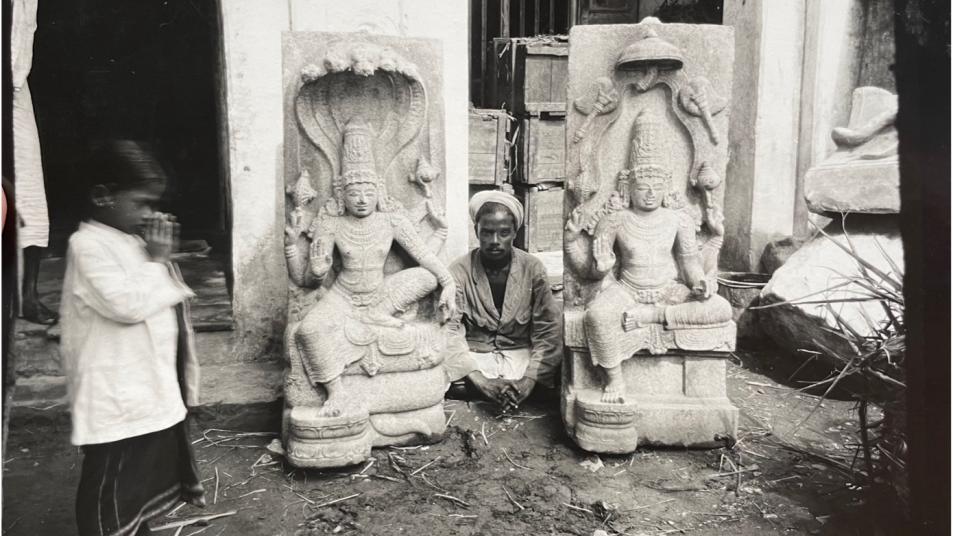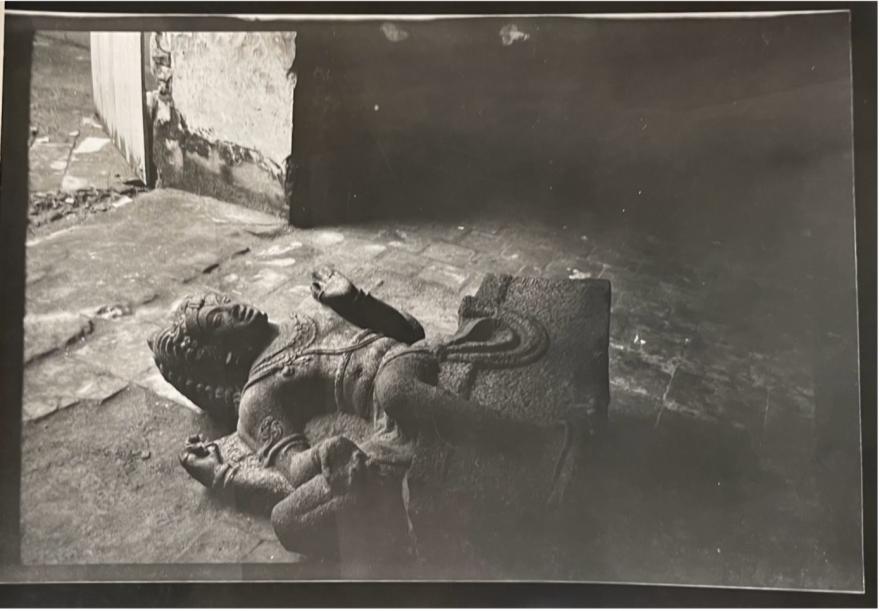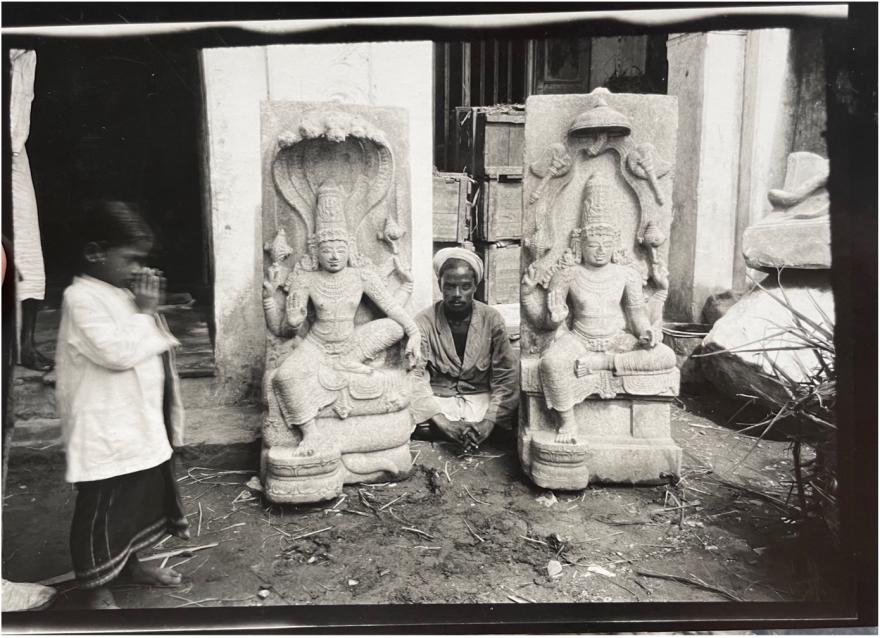
DakshinArt: The Provenances of South Indian Images in Western Collections

Led by Edmond de Taillac, the DakshinArt project develops a digital map tracing the provenance of South Indian images kept in European and North American museums
The DakshinArt project derives its name from the Dakshinamurti, the manifestation of the South, a form of the god Shiva depicted as a teacher, found in South India on the southern side of temples.

The DakshinArt project derives its name from the Dakshinamurti, the manifestation of the South, a form of the god Shiva depicted as a teacher, found in South India on the southern side of temples. With this teaching god as a tutelary figure, the aim of the project is to spread knowledge about the provenance of South Indian images held in Western collections. The displacement of these images during the colonial period - from temples in Tamil Nadu, where some were worshipped as murtis (manifestations of the god), to European and North American museums, where they are now displayed as works of art - is traced through an interactive map, leading to a detailed entry for each sculpture.

From Archives to Digital Mapping
The primary sources for reconstructing the provenance of these Indian religious sculptures are the archives of archaeologist Gabriel Jouveau-Dubreuil (1885–1945), kept at the musée Guimet in Paris. Serving as a professor in Pondicherry between 1909 and 1942, Jouveau-Dubreuil was introduced by the musée Guimet’s curator, Joseph Hackin (1886–1941), to the Asian art dealer C.T. Loo (1880–1957), and from 1924 onwards, became his supplier of Indian art. In total, Jouveau-Dubreuil was responsible for the export of over two hundred objects, which are now housed in major museums including the musée Guimet, the British Museum, the Rijksmuseum Amsterdam, the Metropolitan Museum of Art, and the Smithsonian Institution.
The map was created using databases developped through meticulous cross-referencing of Jouveau-Dubreuil’s archives and museum inventories. Each image is pinned on the map and linked to an entry providing the known information (provenance, acquisition methods, current location), which is updated as new discoveries emerge.